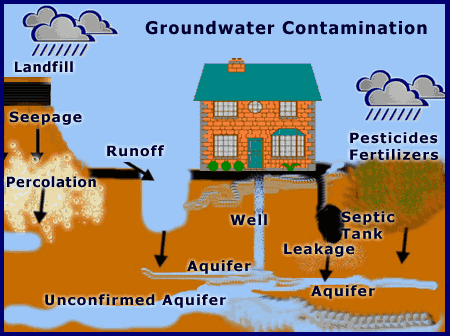Kevin Trichtinger
I found this article in Discover magazine, “The World’s Largest Dump: The Great Pacific Garbage Patch” written by Thomas M. Kostigen. The article can be found on the web at this address http://discovermagazine.com/ and search for “Kostigen.”
Summary:
Mr. Kostigen describes his experience of going out to examine what is called the “Eastern Garbage Patch.” This is one of two large areas in the Pacific Ocean where a huge volume of mostly plastic trash has gathered. The spot is located at the point where several different currents cross which has caused plastic items that have been thrown into the ocean from North and South America to clump together. The position is between Hawaii and California United States
Reaction:
I was very upset that we are turning an area of the ocean into a trash dump and damaging the environment. At first, I was wondering why people aren’t out there trying to clean it up. But it is hard to think of an area the size of the United States
Questions
1) Is there a way to decrease our overuse of plastics containers?
2) Would it be possible to gather up and deal with this massive dump?
3) Can we develop some plastics that would biodegrade faster so they don’t take years to dissolve?






